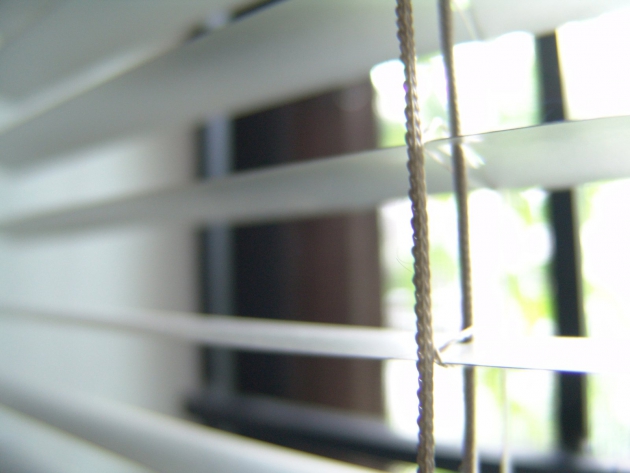According to the Department of Energy, cooling and heating bills make up over half of the total utility bills in the average U.S. home. This means that running an AC system is one of the largest expenses, especially during the hotter months of the year. For this reason, it’s vital to get the best performance and energy efficiency from your heating and cooling equipment. Regular servicing from a certified HVAC specialist is highly recommended to ensure that your equipment is working as intended by the manufacturer. Not every measure costs money, in this article, we will look at five ways that you can improve your air conditioning efficiency for free.
1. Clean the Outdoor Unit
The outdoor condenser unit is a vital part of your AC system, and it needs to work efficiently. In order to work well, the outdoor unit needs to be clear and free from any obstructions. It’s advisable to get an HVAC professional to clean the condenser as it’ very easy to damage your equipment if you don’t have any experience. There are things that you can do yourself, clearing away any debris or cutting back any foliage or tree branches is easy and free.
2. Clearing and Cleaning Indoor Vents
The indoor vents in your system are needed to deliver the treated air throughout your home. The best way to keep things running smoothly in your vents is to vacuum them regularly and make sure they are not blocked. This will prevent dust and dirt from being circulated into the air supply and keep the treated air flowing.
3. Turning Up the Thermostat
This is a great way to save money, but it may seem counterintuitive at first. If you increase your thermostat by only a few degrees (up in summer and down in winter), you can save a great deal of energy. A typical adjustment would be 5° – 8°, and you could automatically adjust this throughout the day with a programmable or smart thermostat. This will ensure that your home is comfortable when you return without putting extra strain on your heating and cooling equipment.
4. Protect Your Thermostat
The thermostat in your home is the brain of your entire heating and cooling system. It contains a sensitive sensor to measure the real temperature in your home. If you expose your thermostat to heat, it will inevitably give off false readings and misinterpret the real temperature in the home. The sources of heat could be a nearby lamp or a thermostat that has been positioned near a window where it’s exposed to hot sunlight. When the thermostat thinks that the temperature is too hot because of this external stimuli, it may turn the AC on for no reason and waste energy.
5. Close Curtains and Blinds
During the heat of the day, it’s a good idea to close curtains and blinds. When the sun hits a window in your home, it will warm up the glass, and some of that energy will heat up your rooms. When you return home or want to turn the AC will have to work extra hard to cool the room down, and this will consume more energy.

